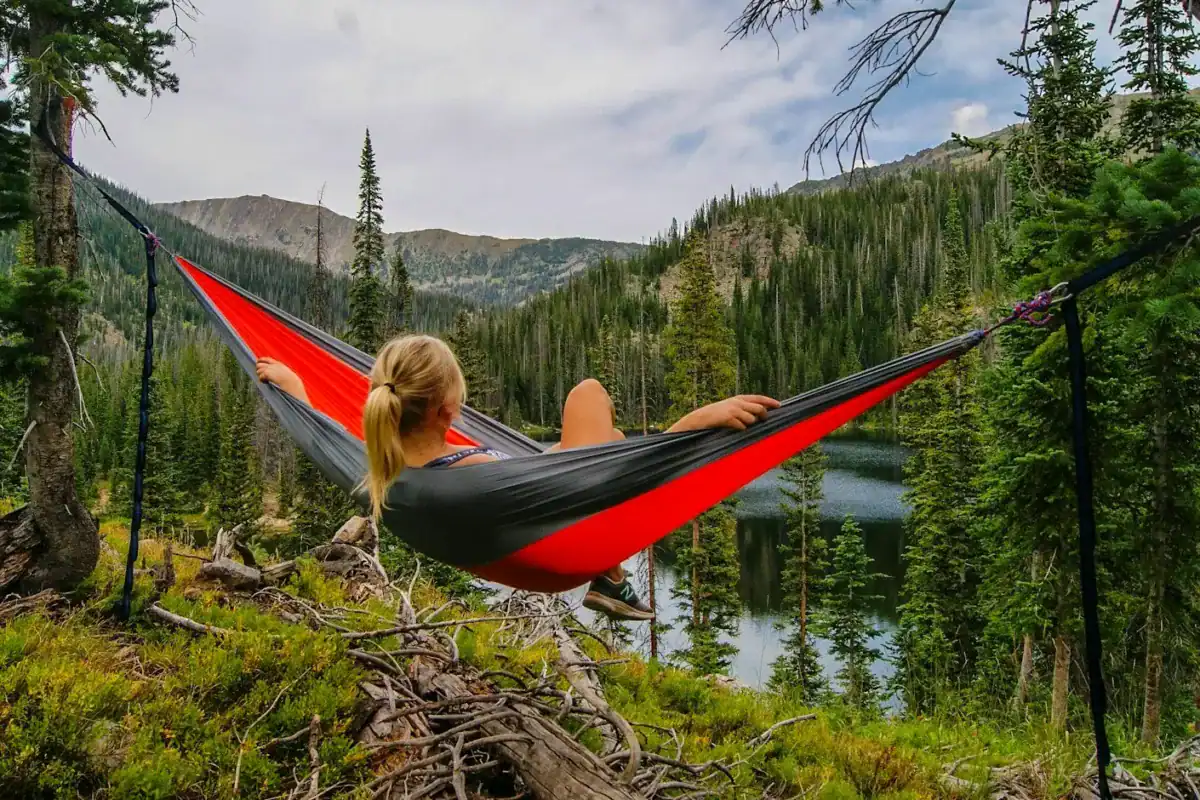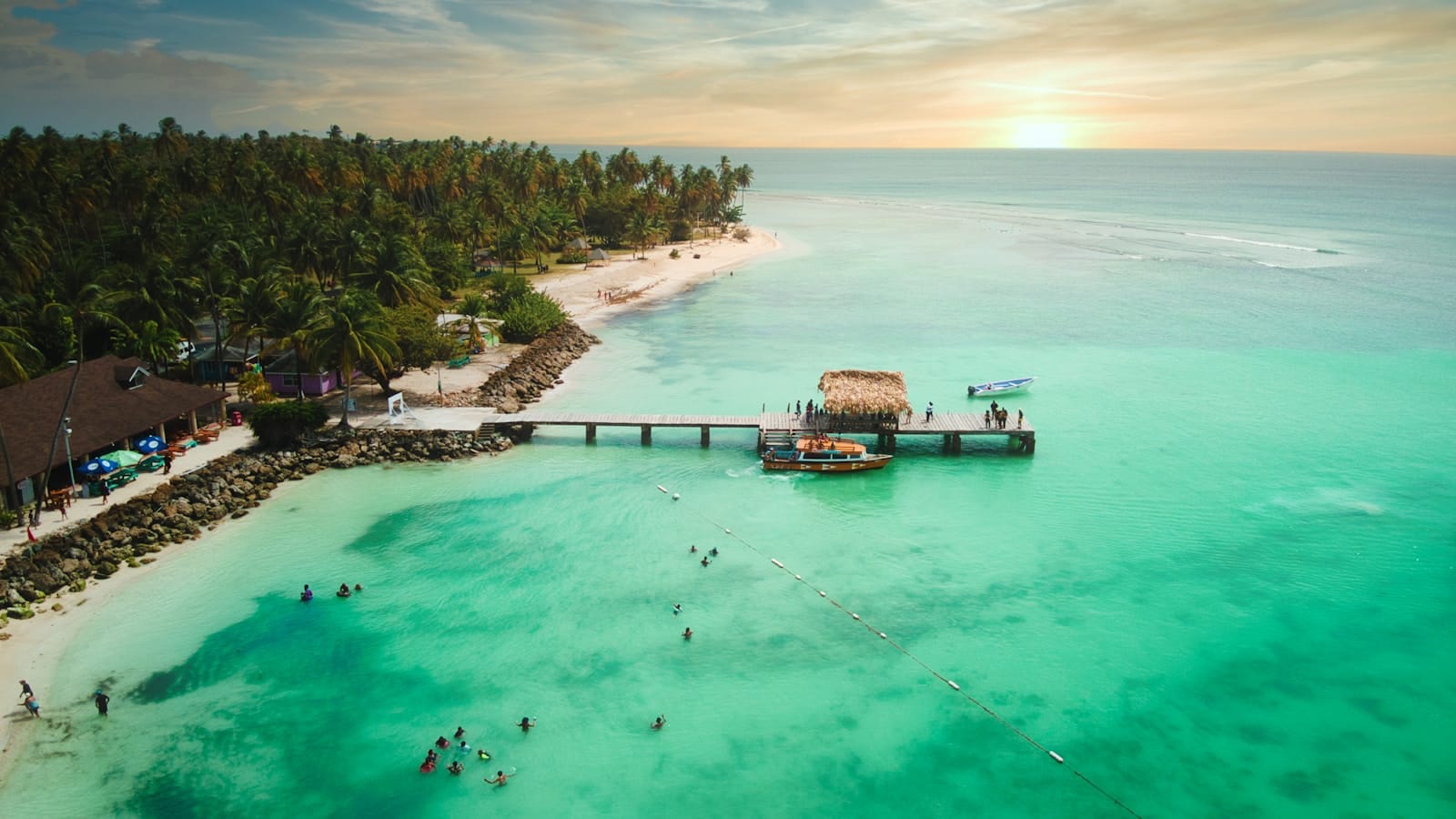Travel Essentials Hub: Everything You Need for Smarter Journeys
Intro to Travel Essentials Hub
Every trip begins with essentials. Whether you’re boarding your first international flight or refining your seasoned packing routine, having the right gear, documents, and strategies transforms your journey. The Travel Essentials Hub is your one-stop resource: from packing smart to staying safe, connected, and culturally aware, this guide walks you through what matters most—so you can focus on the adventure ahead.
Let’s break it down step by step.
Why Travel Essentials Matter for Every Traveler
Traveling without essentials is like hiking without boots—it slows you down, costs more later, and creates unnecessary stress.
- Saves money: Bringing the right gear avoids expensive last-minute purchases.
- Saves time: Organized essentials mean smoother security checks, faster packing, and fewer delays.
- Protects safety: Documents, insurance, and health kits reduce risk.
- Improves comfort: Essentials like adapters, neck pillows, and apps keep journeys enjoyable.
A good essentials checklist acts as your foundation. Everything else—luxuries, souvenirs, spontaneous extras—layers on top.
Common Mistakes Travelers Make About Essentials
Packing for “What Ifs” Instead of Needs
Overstuffing your bag with gadgets and clothing you may never use is one of the most common errors. Essentials should be defined by probability, not possibility.
Forgetting Documents and Backups
Passports, visas, and insurance policies are as essential as clothing. Travelers often overlook digital backups, creating headaches when wallets are lost.
Ignoring Local Context
An umbrella is essential in London; mosquito repellent is essential in the Amazon. Packing lists should be destination-specific, not generic.
Skipping Health Basics
Too many travelers leave behind medications, first-aid kits, or sunscreen, assuming they can buy them easily. In reality, access varies widely by country.
How to Approach Travel Essentials Step by Step
Step 1: Secure Your Documents
- Passport (valid 6+ months beyond your trip).
- Visas (check U.S. State Department or UK FCDO for country-specific requirements).
- Travel insurance certificate.
- Flight confirmations and hotel reservations.
- Copies—both digital (cloud storage) and physical (separate from originals).
Step 2: Pack Your Health Kit
- Prescription medications in original packaging.
- First-aid basics: bandages, antiseptic, pain relievers.
- Sunscreen and insect repellent.
- Reusable water bottle for hydration.
Step 3: Prepare Your Tech
- Smartphone with charger and universal adapter.
- Power bank for long travel days.
- Noise-canceling headphones for flights.
- Offline maps and translation apps pre-downloaded.
Step 4: Clothing and Comfort Essentials
- Neutral, versatile outfits with layering options.
- Comfortable walking shoes.
- Weather-appropriate gear (rain jacket, hat, gloves).
- Sleep mask, earplugs, and neck pillow for long-haul comfort.
Step 5: Money and Payment Essentials
- At least two debit/credit cards stored separately.
- Local currency in small denominations.
- Secure wallet, money belt, or hidden pouch.
Must-Have Tools, Apps, and Resources
- TSA What Can I Bring: tsa.gov/travel/security-screening/whatcanibring for carry-on regulations.
- Currency Conversion: xe.com for real-time exchange rates.
- Cost of Living: Numbeo for budgeting.
- Travel Advisories: State Department and UK FCDO.
- Health Advice: CDC Travelers’ Health for vaccines and disease updates.
Seasonal Essentials Every Traveler Should Know
Summer Travel
- Lightweight, breathable fabrics.
- Refillable water bottle to stay hydrated.
- High-SPF sunscreen and a packable hat.
Winter Travel
- Thermal layers, gloves, and insulated jackets.
- Lip balm and moisturizer to combat dry air.
- Slip-resistant footwear.
Rainy Seasons
- Compact umbrella and rain jacket.
- Waterproof phone pouch.
- Fast-drying clothing.
Adventure or Outdoor Trips
- Hiking boots or trekking sandals.
- Rehydration salts and insect protection.
- Compact flashlight or headlamp.
Real-World Examples of Essentials in Action
- Backpacking Europe: One 40L backpack with essentials: passport, insurance, versatile clothing, and power bank. Laundry every 4–5 days makes it work.
- Family Trip to Costa Rica: Essentials include insect repellent, water filtration bottles, and rain jackets. Kids each carry their own small daypack.
- Business Trip to Singapore: Essentials are documents, digital presentation tools, business attire, and universal adapters for seamless connectivity.
Best Alternatives to Traditional Essentials
- Digital Wallets vs. Cash: Apps like Google Pay or Apple Pay cut the need for carrying too much cash.
- eSIMs vs. Physical SIMs: A quick setup avoids airport SIM kiosks.
- Hostel Laundry vs. Overpacking: Instead of carrying 14 days of clothing, do laundry twice during the trip.
Plan Smarter, Travel Better: Pro Hacks
- Use Packing Cubes: Segment outfits and avoid rummaging through your bag.
- “One In, One Out” Rule: If you buy something new, retire or donate an old item to keep bags manageable.
- Board Early: Overhead bin space is limited—especially with essentials you don’t want gate-checked.
- Check Daylight Hours: Knowing sunset times avoids missing outdoor highlights.
Choose Your Next Adventure
- Iceland: Pack thermal layers, a waterproof jacket, and sturdy boots for unpredictable weather. A universal adapter and reusable water bottle are also musts in this eco-conscious country.
- Vietnam: Essentials include lightweight, breathable clothing, insect repellent, and cash in small denominations, as many local vendors don’t accept cards.
- Argentina: Bring a secure cross-body bag for crowded streets, a phrasebook or translation app for Spanish, and a debit card that works at ATMs for local pesos.
- Canada: Essentials range from rain gear and comfortable walking shoes to layered clothing for changing temperatures. A local transit card helps you move easily around the city.
Final Tips for Essential Travelers
- Stay Organized: Use checklists to prevent forgetting critical items.
- Adapt Locally: Essentials shift by destination—always research.
- Think Health First: A passport won’t help if you forget medications.
- Less Is More: Essentials are about quality and function, not quantity.
- Backup Everything: Copies of documents and cloud storage access are non-negotiable.
Still Planning? Explore These Helpful Guides
- Carry-On Packing Guide
- How to Travel Light Guide
- Travel Tips Guide to Save Money
- Best Time to Travel Guide
It’s Time to Travel Prepared
Travel essentials are not luxuries—they’re the backbone of a smooth, stress-free journey. With the right documents, tools, and mindset, you can explore the world with confidence and comfort. Start with the basics, refine them for your destination, and you’ll discover that being well-prepared opens the door to richer experiences.










